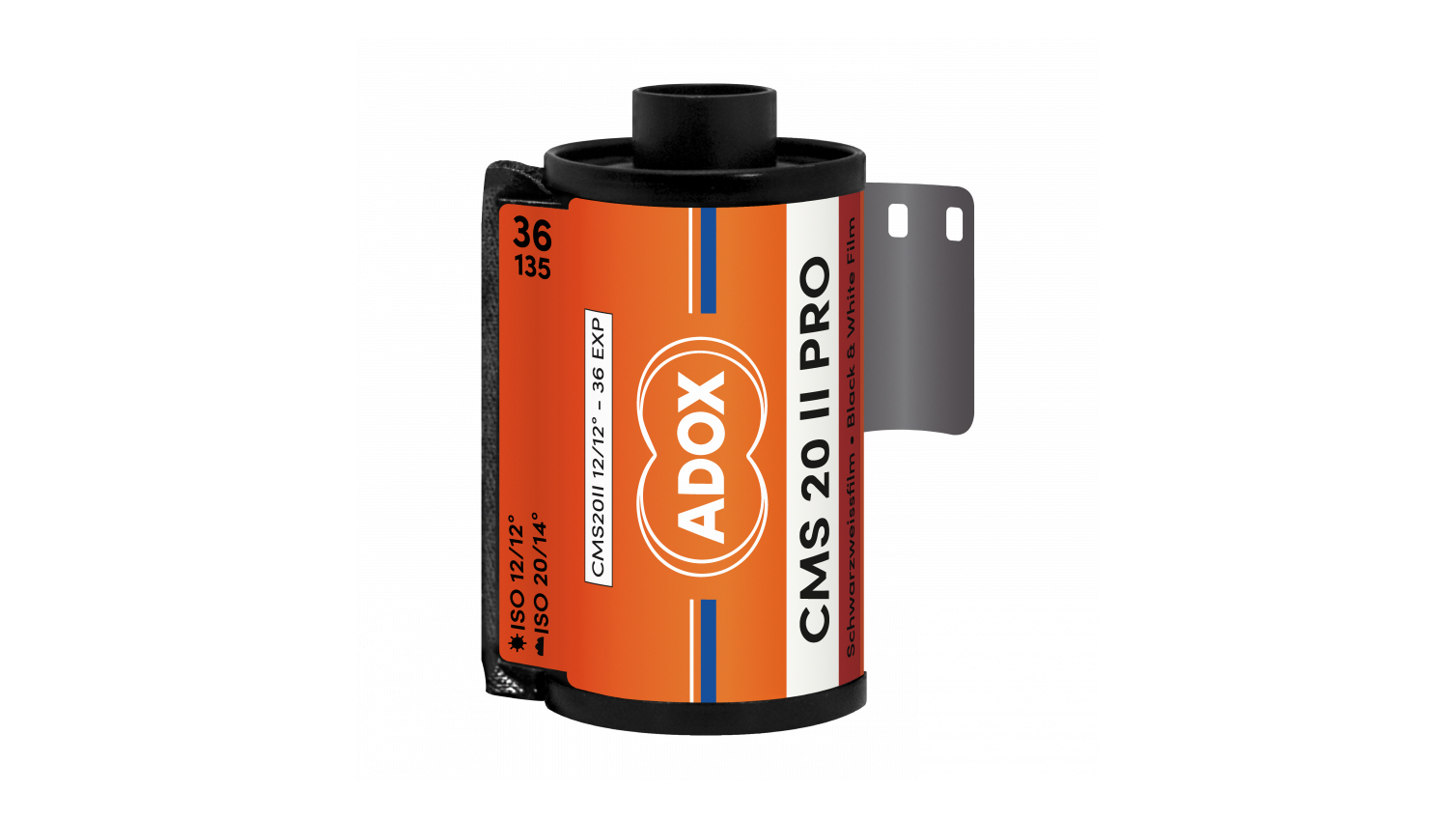
We have all heard the saying that film folds more details than digital, it has more soul, etc, usually from a person who had dedicated their life to the analog format.
But what if the myths were true? What if film held more detail than any digital camera on the market, even when compared to the best Hasselblad cameras or the highest-megapixel cameras available today?
Well, Adox, is known for its high-recording films and great film developers, and its latest black-and-white film, Adox CMS 20 II Pro, has the resolution of a 500-megapixel camera! - that's a massive claim but is it worth it?
While this film might claim to be the highest resolution, the sharpest film with a massive 800 lines per millimeter, it comes at a cost.: If you want a contrast in your image, you must shoot it either at ISO 20 or ISO 80—that's quite a bit different from the normal 100 or 400 ISO films we are used to shooting. But this is reminiscent of the legendary ISO25 Kodak Technical Pan film black-and-white film that was known for its resolving power, that was finally discontinued 20 years ago.
The 500-megapixel claim comes from Adox's own marketing material via its website and states:
"The film achieves grain free enlargements of up to 2.5 meters diagonally. This equals mathematically about 500 megapixels."
The term "about" from a German company sounds a little confusing and while I'm sure the sums add up on the enlargement, the practical solution and results in resolution will be a lot less - let me explain
You see, many film photographers, including myself, are now digitalizing our work to share across social media platforms. This digitization might be done by some of the best mirrorless cameras via camera scanning, taking images of your negatives to use in your digital workflow, but this is only limited to the amount of megapixels your camera sensor can produce.
Another method is using one of the best film scanners, now this is where it gets a bit tricky too as most film scanners have a native Dots Per Inch of around 3,600DPI scanning ability, which can then be pushed, but while pushing will end up giving you a bigger file size, it won't result in better resolution.
I own a CanoScan 9000F Mark II which has a native scanning ability of 3,800dpi, which results in around 14 megapixels if scanning a 35mm negative, or I can push it up to 9,600dpi which would give me 92 megapixels - yes, it's bigger, but it won't see a benefit over the 14MP file.
So I guess my gripe at this marketing material is that, yes it might be an equivalent of 500 megapixels enlarged on photo paper to 2.5 meters diagonally - but for use in the normal world of digitization, ultra-high resolution is lost when we take the negative anywhere near a sensor or a scanner - does this mean film is better than digital... you decided!







